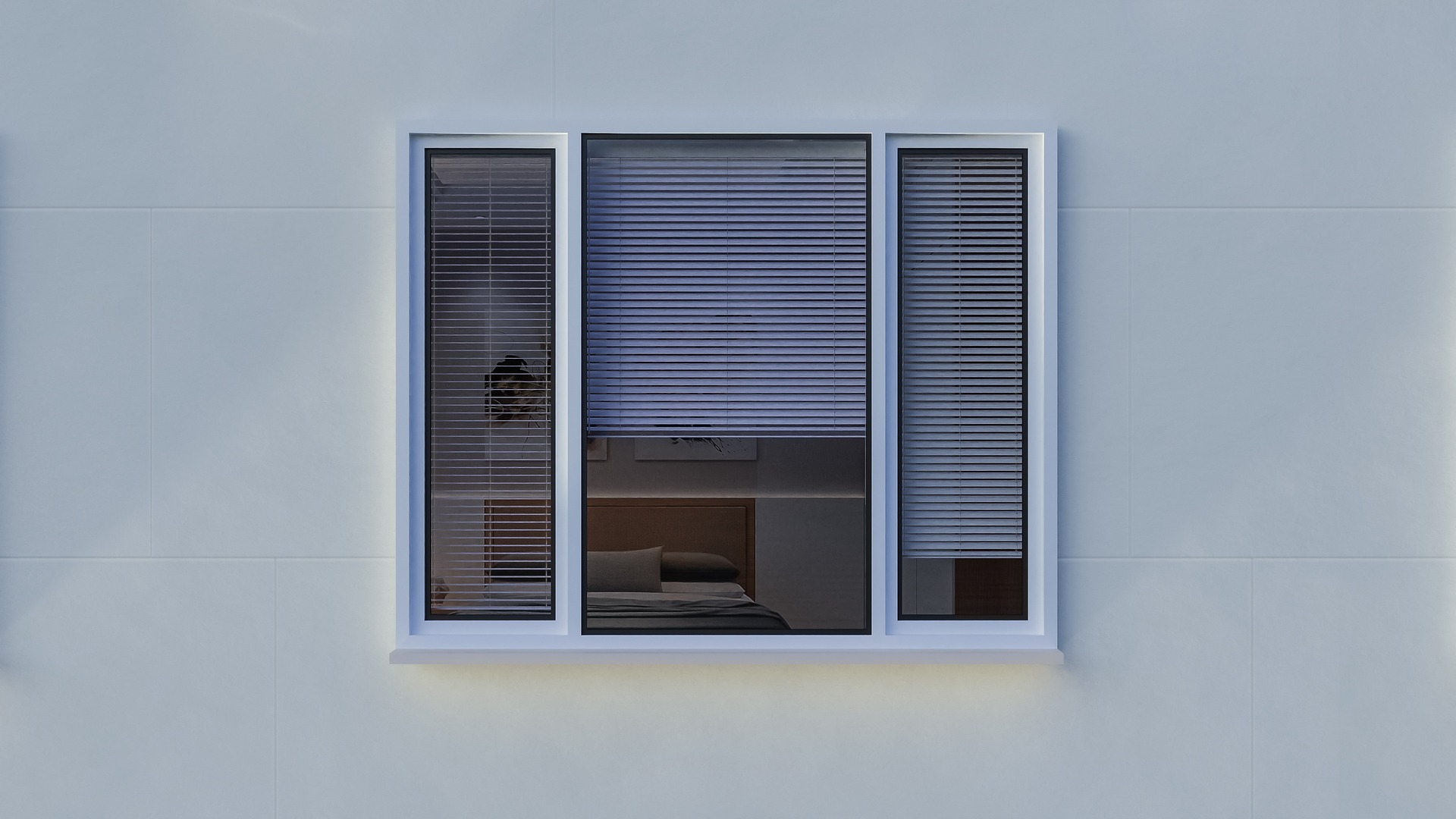Neuroarchitecture: Designing Spaces for Mental Wellbeing
In the ever-evolving world of home design, a groundbreaking approach is reshaping how we conceive and create living spaces. Neuroarchitecture, the fusion of neuroscience and architectural design, is revolutionizing our understanding of how our surroundings impact our mental state. This innovative field explores the intricate relationship between our built environment and our brain's responses, offering a fresh perspective on crafting homes that nurture psychological wellbeing.

The Science Behind Neuroarchitecture
Neuroarchitecture is rooted in the understanding that our surroundings have a significant impact on our cognitive processes, emotions, and overall wellbeing. This interdisciplinary field combines insights from neuroscience, psychology, and architecture to create spaces that positively influence our mental state. By studying how different design elements affect brain activity, neuroarchitects aim to optimize living environments for enhanced mood, productivity, and relaxation.
Research in this field involves using advanced neuroimaging techniques, such as functional magnetic resonance imaging (fMRI), to observe brain responses to various spatial configurations, lighting conditions, and design features. These studies have revealed that certain architectural elements can trigger the release of neurotransmitters like serotonin and dopamine, which are associated with feelings of happiness and contentment.
Key Principles of Neuroarchitectural Design
Neuroarchitecture employs several core principles to create spaces that promote mental wellbeing. One fundamental concept is the use of biomorphic forms and patterns, which mimic shapes found in nature. These organic designs have been shown to reduce stress and improve cognitive function by tapping into our innate connection with the natural world.
Another crucial aspect is the manipulation of light and shadow. Neuroarchitects emphasize the importance of natural lighting and its impact on our circadian rhythms. By strategically placing windows and incorporating light-filtering elements, they create spaces that align with our body’s natural cycles, promoting better sleep and overall health.
Spatial proportions also play a vital role in neuroarchitectural design. Research has shown that certain ratios, such as the golden ratio, are inherently pleasing to the human brain. Incorporating these proportions into room layouts and furniture arrangements can create a sense of balance and harmony that subconsciously enhances our comfort and wellbeing.
Color Psychology in Neuroarchitecture
The strategic use of color is a cornerstone of neuroarchitectural design. Different hues can evoke specific emotional and physiological responses, influencing our mood and behavior. For instance, blues and greens are often used in bedrooms and living areas to promote relaxation and reduce stress, as these colors are associated with nature and tranquility.
Warmer tones like reds and oranges are typically reserved for social spaces, as they can stimulate conversation and increase energy levels. However, neuroarchitects are careful to use these colors judiciously, as overexposure can lead to feelings of agitation or overwhelm.
Neutral colors also play an important role in neuroarchitectural palettes. Soft whites, beiges, and grays can create a sense of spaciousness and calm, providing a versatile backdrop for other design elements. These neutral tones are often used in conjunction with accent colors to create balanced and harmonious environments that support mental wellbeing.
Sensory Design: Beyond the Visual
While visual elements are crucial in neuroarchitecture, this approach also considers other sensory inputs. The texture of surfaces, the acoustics of a space, and even subtle scents can all influence our perception and emotional state within a home.
Tactile elements, such as the use of natural materials like wood and stone, can create a sense of grounding and connection to the environment. These materials not only provide visual warmth but also offer pleasant tactile experiences that can reduce stress and promote relaxation.
Acoustic design is another important consideration in neuroarchitecture. By carefully managing sound reflections and absorptions, designers can create spaces that feel peaceful and conducive to concentration. This might involve incorporating sound-absorbing materials in busy areas or using water features to mask unwanted noise.
Implementing Neuroarchitectural Principles at Home
While neuroarchitecture often informs the design of large-scale projects like hospitals and office buildings, its principles can be readily applied to residential spaces. Homeowners can incorporate elements of neuroarchitectural design to create living environments that support their mental wellbeing.
One simple way to start is by maximizing natural light in your home. Consider replacing heavy curtains with sheer fabrics or installing skylights to flood interior spaces with daylight. If structural changes aren’t possible, using full-spectrum light bulbs can mimic the benefits of natural light.
Creating connections to nature is another key aspect of neuroarchitectural design. This can be achieved through the use of indoor plants, natural materials, and even nature-inspired artwork. Consider creating a small indoor garden or incorporating a living wall to bring the calming effects of greenery into your space.
Pay attention to the flow and proportion of your rooms. Aim for open, uncluttered spaces that allow for easy movement. Use furniture arrangements that create a sense of balance and consider the golden ratio when selecting artwork or planning room layouts.
The Future of Home Design
As our understanding of the brain-environment connection deepens, neuroarchitecture is poised to play an increasingly significant role in home design. This approach offers a scientifically-backed method for creating living spaces that not only look beautiful but actively contribute to our mental health and wellbeing.
The integration of technology with neuroarchitectural principles is an exciting frontier. Smart home systems that adjust lighting and temperature based on our circadian rhythms, or virtual reality tools that allow us to experience and refine designs before implementation, are just the beginning of what’s possible.
As we continue to spend more time in our homes, the importance of creating environments that support our mental health becomes ever more crucial. Neuroarchitecture provides a roadmap for designing spaces that nurture our minds, offering a holistic approach to home design that goes beyond aesthetics to truly enhance our quality of life.




